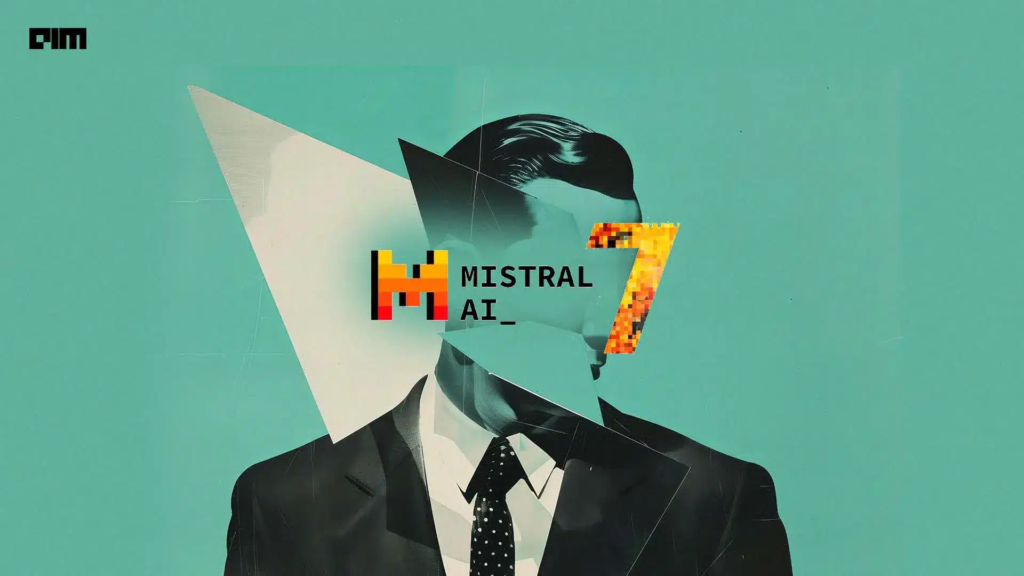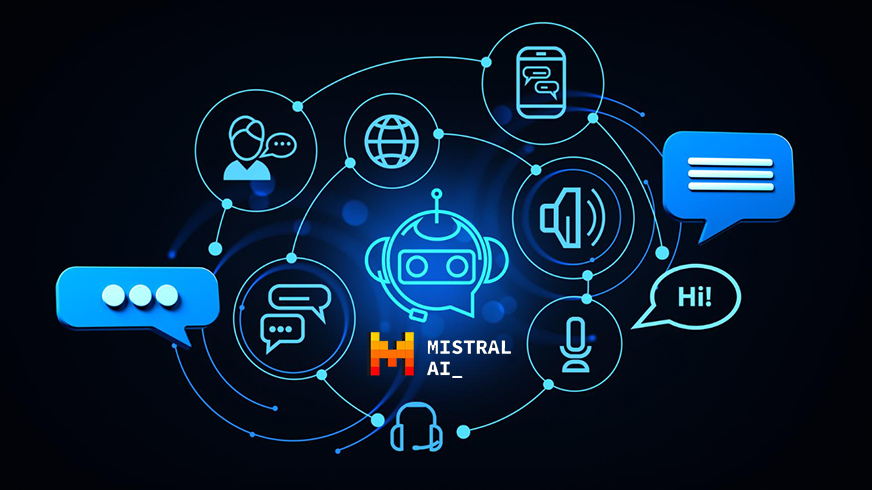Paris, France — June 2025: Mistral, one of Europe’s rising AI startups, has launched a new line of reasoning-focused artificial intelligence models, specifically designed to improve performance and consistency in mathematics and physics tasks. The rollout marks a significant milestone for the company and contributes to the global push toward creating AI systems capable of more structured, logical, and accurate responses in science-heavy domains.
These new models were designed to tackle one of the biggest challenges in artificial intelligence — accurate reasoning in STEM (Science, Technology, Engineering, and Mathematics). According to Mistral’s official blog, the reasoning models demonstrate major improvements in solving complex equations, interpreting abstract concepts, and offering step-by-step logic-based solutions.
What Makes Mistral’s Reasoning Models Different?
Most AI models today excel at generating language, summarizing content, and answering general queries. However, their performance often drops when asked to solve intricate problems in math or physics. Mistral aims to change that by embedding logic-enhancing structures into their model architecture.

These models can now perform multi-step calculations with more consistency and accuracy. They were trained using advanced mathematical corpora, textbooks, scientific publications, and domain-specific reasoning datasets. The result? Better analytical thinking, fewer mistakes, and more reliable outputs.
According to the company, this breakthrough was made possible through “Mixture of Experts” (MoE) architecture, which allows the model to dynamically allocate resources to the most capable expert subnetworks for a given problem. This ensures the model doesn’t just guess — it reasons.
High Performance in STEM Benchmarks
Mistral claims that its new reasoning models have outperformed previous large language models on a range of STEM-focused benchmarks. These include GSM8K (grade school math), MATH (mathematical reasoning), and PhysicsQA.
For example, the latest model achieves significantly higher accuracy rates in long-form calculations and physics problem sets compared to models like GPT-4 and Claude 3 on similar tasks. While GPT-4 has shown strong general performance, Mistral’s model now offers a clear edge in logical step-by-step computations.
“We’re not just looking for speed or scale,” a Mistral spokesperson said. “We want structured, repeatable thinking — especially for applications in research, education, and scientific discovery.”
Practical Uses for Education and Research
The most obvious beneficiaries of these AI improvements are students, educators, scientists, and engineers. With more consistent and reliable reasoning capabilities, Mistral’s models can now assist in classroom problem solving, automated tutoring, and even academic research.
For educators, this could mean AI-powered tools that help students understand calculus or quantum physics through clearly explained steps. For researchers, it offers a chance to verify mathematical proofs or simulate physical models with greater confidence.
Platforms that integrate these models can also help bridge learning gaps in under-resourced educational environments, offering accurate tutoring at scale.
Mistral’s Growing Presence in the AI Race
Founded in 2023, Mistral has rapidly gained attention as a strong competitor in the global AI ecosystem, especially within Europe. While most of the world’s top AI labs are based in the U.S. and China, Mistral aims to establish European leadership in open, high-performing, and ethically developed AI.
In May 2024, Mistral released several open-weight models, including the popular Mistral 7B and Mixtral, designed to compete with models like Meta’s LLaMA and OpenAI’s GPT. The company is known for its open innovation strategy, frequently publishing its weights and model code for research communities.
With this new release, Mistral strengthens its position as not just an open AI lab, but a developer of state-of-the-art reasoning engines.
Compatibility with Open Source Platforms
Mistral’s reasoning models are being made available via open source under permissive licenses. This allows developers, startups, and research institutions to integrate them into their own platforms or build custom tools. It also boosts collaboration and transparency in the AI space — something Mistral has long supported.

According to Hugging Face, where Mistral models are hosted, early testers have reported significant improvements in mathematical problem-solving and scientific paper summarization using the reasoning-enhanced versions.
The community is already responding with toolkits, notebooks, and plug-ins for various applications ranging from academic tutoring bots to mathematical theorem solvers.
A Step Toward True AI Reasoning?
While large language models like GPT-4 and Gemini have become household names, they still struggle with basic logic and calculations. Mistral’s latest work is a leap in the right direction, signaling that reasoning and precision can coexist with generative capabilities.
Still, experts warn that even advanced models should be used cautiously in critical areas like medicine, finance, and scientific publishing. Even Mistral’s models — while much improved — are not infallible and may occasionally produce inaccurate or overconfident results.
Nevertheless, this launch reaffirms the industry’s direction: better, more trustworthy AI for logical thinking. The race for “reasoning-first” artificial intelligence is on, and Mistral is now a key contender.
What’s Next for Mistral?
The company is already planning further iterations of its reasoning models, with a focus on real-time applications, multi-modal inputs (like charts and equations), and even physics simulations.
There’s also speculation that Mistral might collaborate with European educational institutions and scientific agencies to bring AI-driven research support to classrooms and labs.
As AI evolves beyond chatbots and text completion, tools that can “think” — not just speak — are in high demand. Mistral’s latest models might just be the beginning of a more intelligent, reasoning-based generation of AI.
Also Read – WhatsApp iPad App Is Here: Calls, Sync, Privacy — All In One






